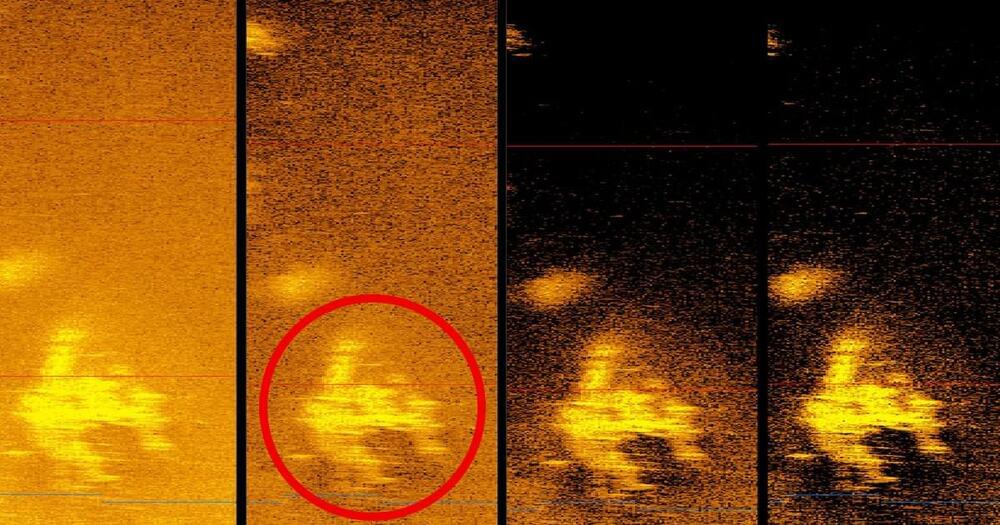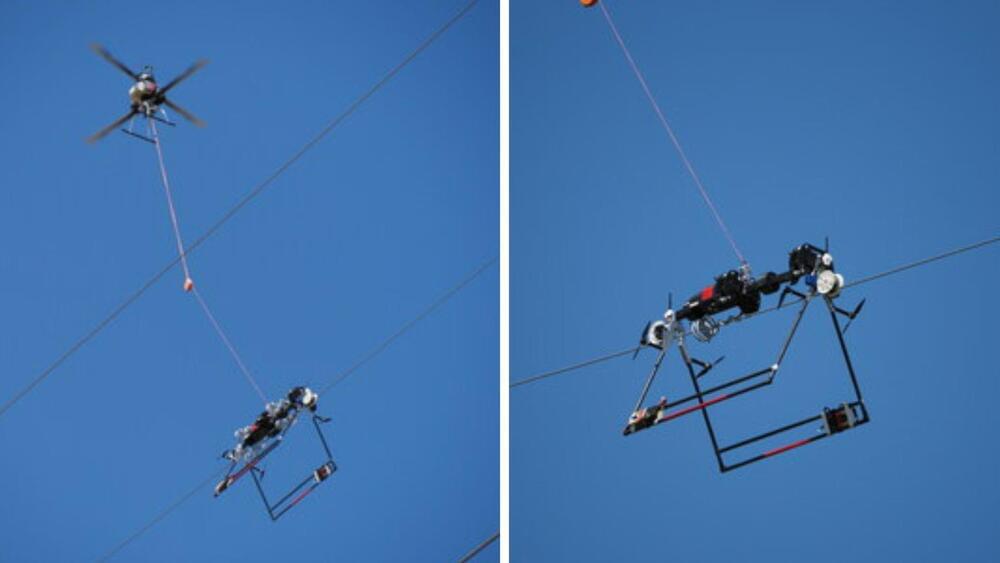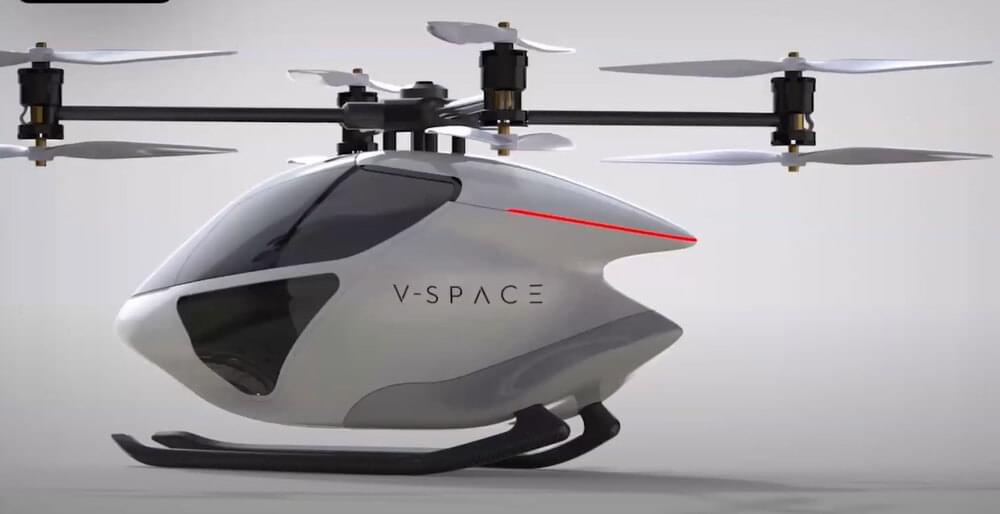The British Antarctic Survey (BAS) said successful tests would allow the drones to undertake research such as surveying marine ecosystems and studying glaciers, while reducing CO2 emissions by approximately 90%.
The Windracers Ultra UAV (uncrewed aerial vehicle) is a twin-engine, 10-metre aircraft that can carry up to 100kg of cargo or sensors for distances of 1,000km and does not require a human pilot to take off, fly or land as it is equipped with a sophisticated autopilot system.
Unlike piloted Twin Otter aircraft, which are costly to operate and face logistical challenges in the extreme environment, the BAS said the “groundbreaking” unmanned drones are safer and “could enable dramatic increases in flight time”






 עברית (Hebrew)
עברית (Hebrew)